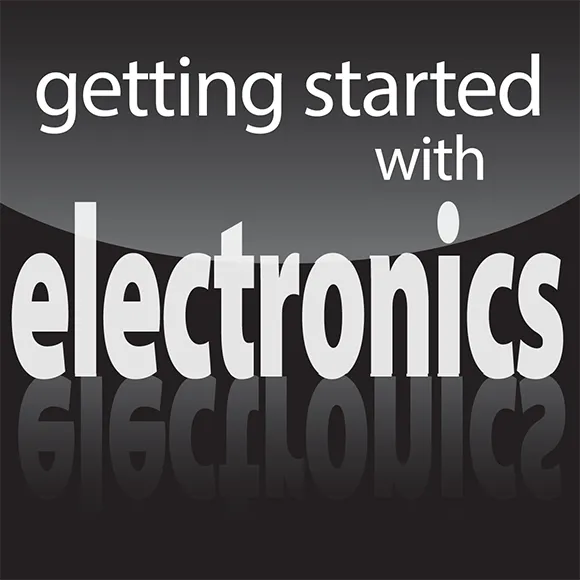Book I
Getting Started with Electronics
For Dummies can help you get started with lots of subjects. Visit
www.dummies.com to learn more and do more with
For Dummies.
Contents at a Glance
Chapter 1: Entering the Exciting World of Electronics
Chapter 2: Understanding Electricity
Chapter 3: Creating Your Own Mad-Scientist Lab
Chapter 4: Staying Safe
Chapter 5: Reading Schematic Diagrams
Chapter 6: Building Your Own Electronic Projects
Chapter 7: Uncovering the Secrets of Successful Soldering
Chapter 8: Measuring Circuits with a Multimeter
Chapter 9: Catching Waves with an Oscilloscope
Chapter 1
Entering the Exciting World of Electronics
In This Chapter
Understanding electricity
Distinguishing between electrical and electronic devices
Outlining the most common uses for electronics
Looking at a typical electronic circuit board
Electronic devices are everywhere: for example (and incredibly), the number of mobile phones on the planet exceeds the number of people. Plus, no one uses film to take photos anymore because cameras have become electronic devices, and at any given moment young people in particular are engrossed in sending text messages while simultaneously listening to music on their smartphones.
Without electronics, life today would be extremely different.
If you’ve ever wondered what makes these electronic devices tick, this chapter’s for you. Here we lay some important groundwork that helps the rest of this book to make sense. We examine the bits and pieces that make up the most common types of electronic devices, and take a look at the basic concept that underlies all electronics: electricity.
What Is Electricity?
We promise not to bore you with loads of tedious or complicated physics concepts, but in order to discover how electronics works at a level that lets you design and build your own electronic devices, you need to have a basic idea of what electricity is. After all, the whole purpose of electronics is to get electricity to do useful and interesting things.
Introducing electricity: Common knowledge
The concept of electricity is an odd one, familiar and mysterious. Here are a few of the familiar facts about electricity, based on practical experience:
Electricity comes from power plants that burn coal, catch the wind or harness nuclear reactions. It travels from the power plants to people’s houses in big cables hung high in the air or buried in the ground. At your home, it flows through wires in the walls (like water flows through a pipe) until it gets to electrical outlets. You plug in power cords to get the electricity into the electrical devices you depend on, such as ovens, toasters and vacuum cleaners.
Electricity is valuable and not free. You know this because a power company asks for payment for it every month, and if you don’t pay the bill it turns off your electricity.
Electricity can be stored in batteries, which contain a limited amount of electricity that can be used up. When the batteries die, all their electricity is gone.
Certain kinds of batteries, like the ones in mobile phones, are rechargeable: when drained of all their electricity, you can put more electricity back into them by plugging them into a charger, which transfers electricity from an electrical outlet into the battery. You can fill rechargeable batteries repeatedly, but eventually they lose their ability to be recharged – and then you have to replace them.
Electricity is the stuff that makes lightning strike in a thunderstorm. Perhaps you were taught about Ben Franklin’s experiment involving a kite and a key, and why you shouldn’t try it at home!
Electricity can be measured in three ways:
• Vol...




